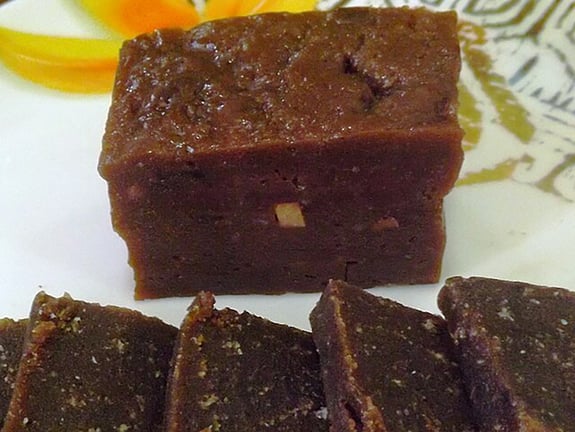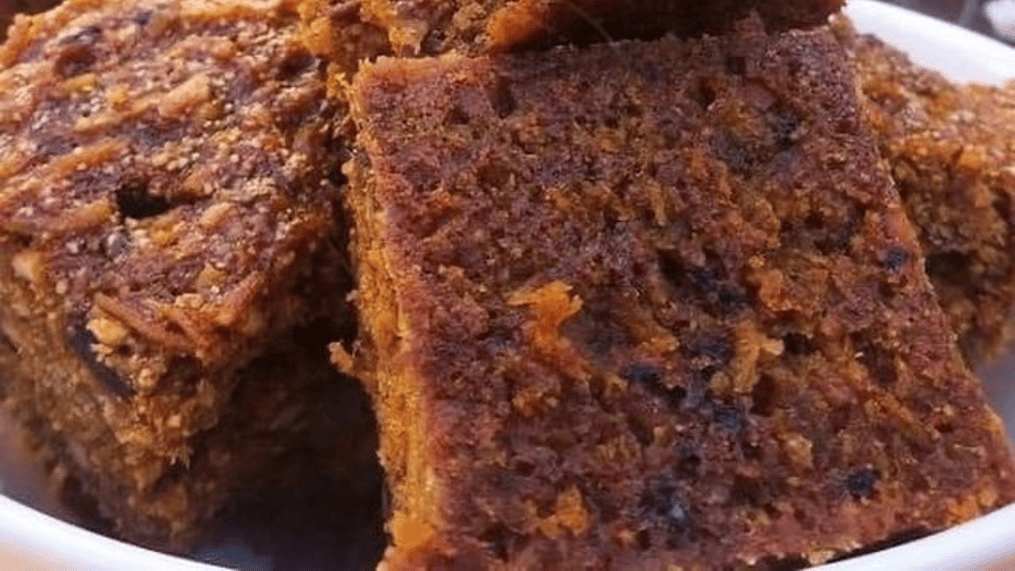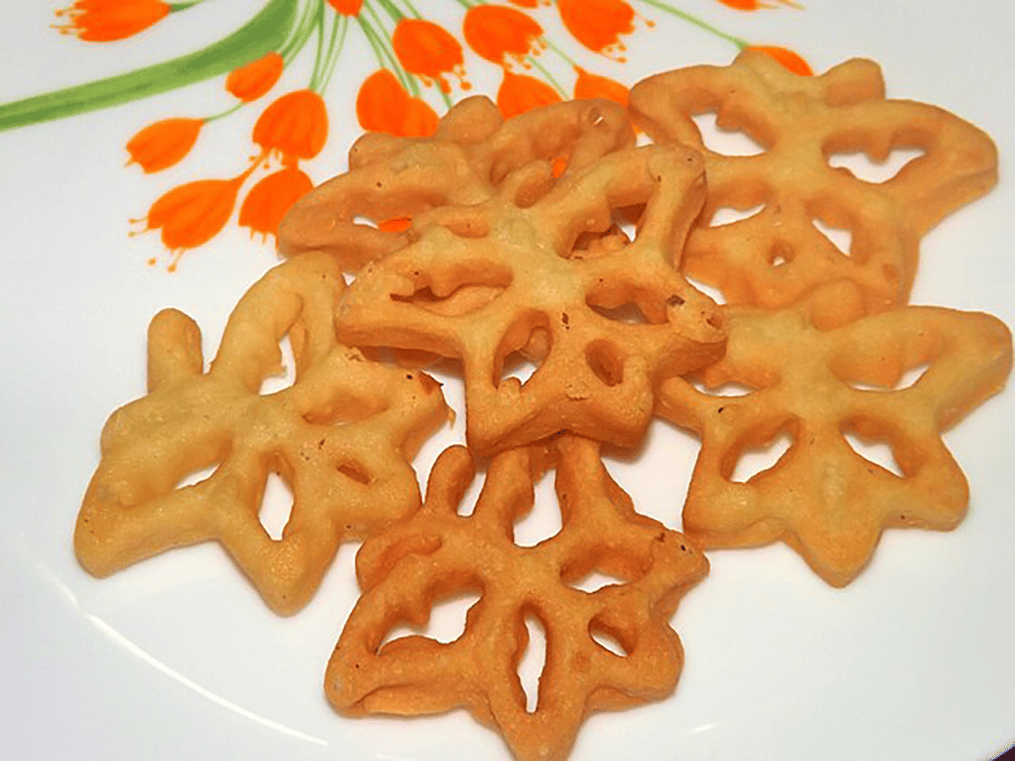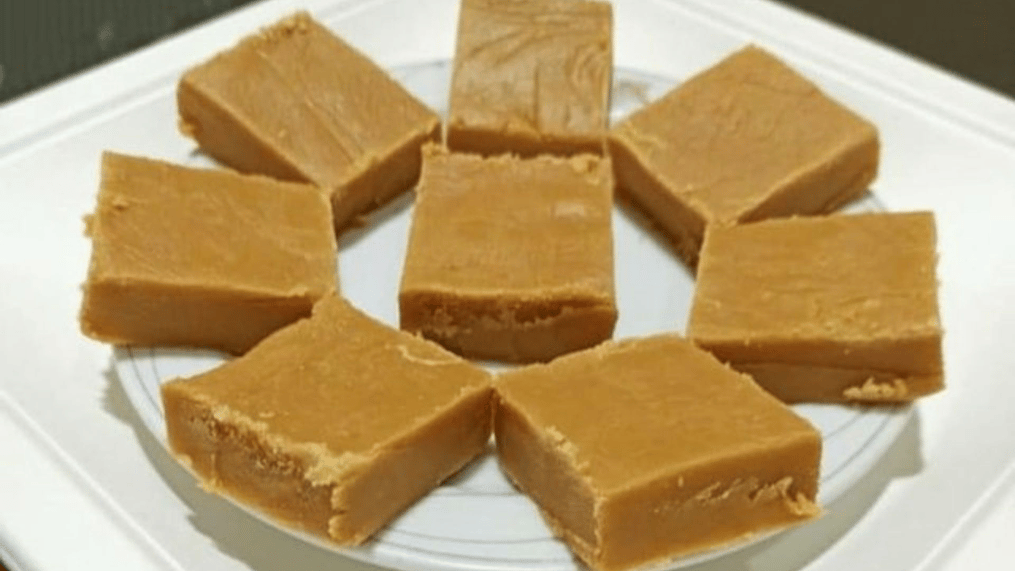- Home
- Articles
- Must Try Toddy Palm sweetened and Coconutty Desserts From Sri Lanka: Easy Sweet Recipes
The little island of Sri Lanka has some offerings that use a lot of coconut and their local date palm in their desserts

Heavy on the coconut, treacle made with palm sugar (Kithul), rice, and buffalo milk, Sri Lankan desserts are in a league of their own when it comes to the ingenious use of local ingredients. The palm sap, or kithul peni, in particular, is even turned into jaggery, called hakuru, by using coconut shells as molds. It has smoky, woody and floral notes and is widely used in many dishes, especially desserts in the country. Here’s the best of the sweets and desserts the Sri Lankans cherish and consume on occasions.
1. Aasmi
Made with rice flour and coconut milk with the juice of wild cinnamon leaves (davul kurundu), Aasmi has a unique way of preparation. Once the batter is prepared, it is added to bubbling hot coconut oil through a hole in a spoon made from coconut shells. This yields that messy ruched look that might look similar to a cake of instant noodles. Once it is fried and removed from the oil, a sugar syrup is liberally poured over it. You will find this crunchy dessert during Sinhalese New Year celebrations, Sri Lankan weddings and birthdays.
2. Bibikkan

Also known as Kalu Dodol, this delicious coconut milk pudding is made with rice flour, kithul jaggery, and coconut milk with a garnish of raisins and nuts. Consider this sticky and dark brown sweet, the lowkey version of Sri Lankan halwa but because it takes quite some time to prepare this dessert, it's mostly sold in shops and not made at home. The Sri Lankan town of Hambanthota is mostly associated with this sweetmeat. It is said to have been introduced in the country because of the confluence of the Portuguese and influences between 1500-1600 centuries. You will find this dessert in the country during its new year celebrations.
3. Kokis

Kokis are delicious sweet and crispy treats that are deep fried in wheel or flower-shaped rings. It's related to the European rosette that uses a similar technique and looks like flowers that are deep fried and covered in powdered sugar. The batter for the Kokus is prepared with rice flour and coconut milk with a pinch of salt and a special mould with the special designs is dipped into the batter. It's then deep fried in coconut oil and served on celebratory occassions.
4. Helapa
This is a unique dessert that is wrapped in banana leaves that might remind you of South India's Ela Ada. The sweet inside the Kanda leaves (of a local plant also found in Thailand) is made with kurakkan (finger millet) flour, rice flour, treacle (Kithul peni), grated coconut and cardamom that are cooked until they reach a dough-like consistency. This mixture is folded in the leaves and then steamed. The leaf is discarded and the steamed dessert inside is eaten, often alongside the famous Sri Lankan Ceylon tea.
5. Aluwa

A local cashew nut sweet that is made into small rectangular wedges, it uses rice or coconut flour and palm treacle, with sometimes a little cardamom and cloves. This nutty treat is mostly prepared during Tamil New Year or Sinhala. There are different varieties of the Aluwa one that uses ground cashew nuts. There’s also a semolina Aluwa. There is a special variety of this sweet that is made like a chewy toffee with condensed milk, sugar, butter, cashews, vanilla, and cardamom. The ingredients of the Toffee Kiri or Aluwa are cooked to form a thick and sticky semi-liquid and poured into moulds to get their shape.
6. Wattalapam
A jaggery custard quite popular in Sri Lanka, Wattalapam is prepared on festive occasions and for local celebrations too. It is made with coconut milk, Kithul jaggery, cashew nuts, and eggs and then garnished with cloves, nutmeg, and cardamom. The roots of this custard pudding goes back to the Malays and the name in Malay language means egg cake. The Malay people brought it to the country during the colonial era when they came in search of work. Like the Bibikkan, this dessert too requires time and patience to prepare which results in a dark-colored custard.
More Like This
Popular Articles




Trending Web Stories
Curated Recipes

















